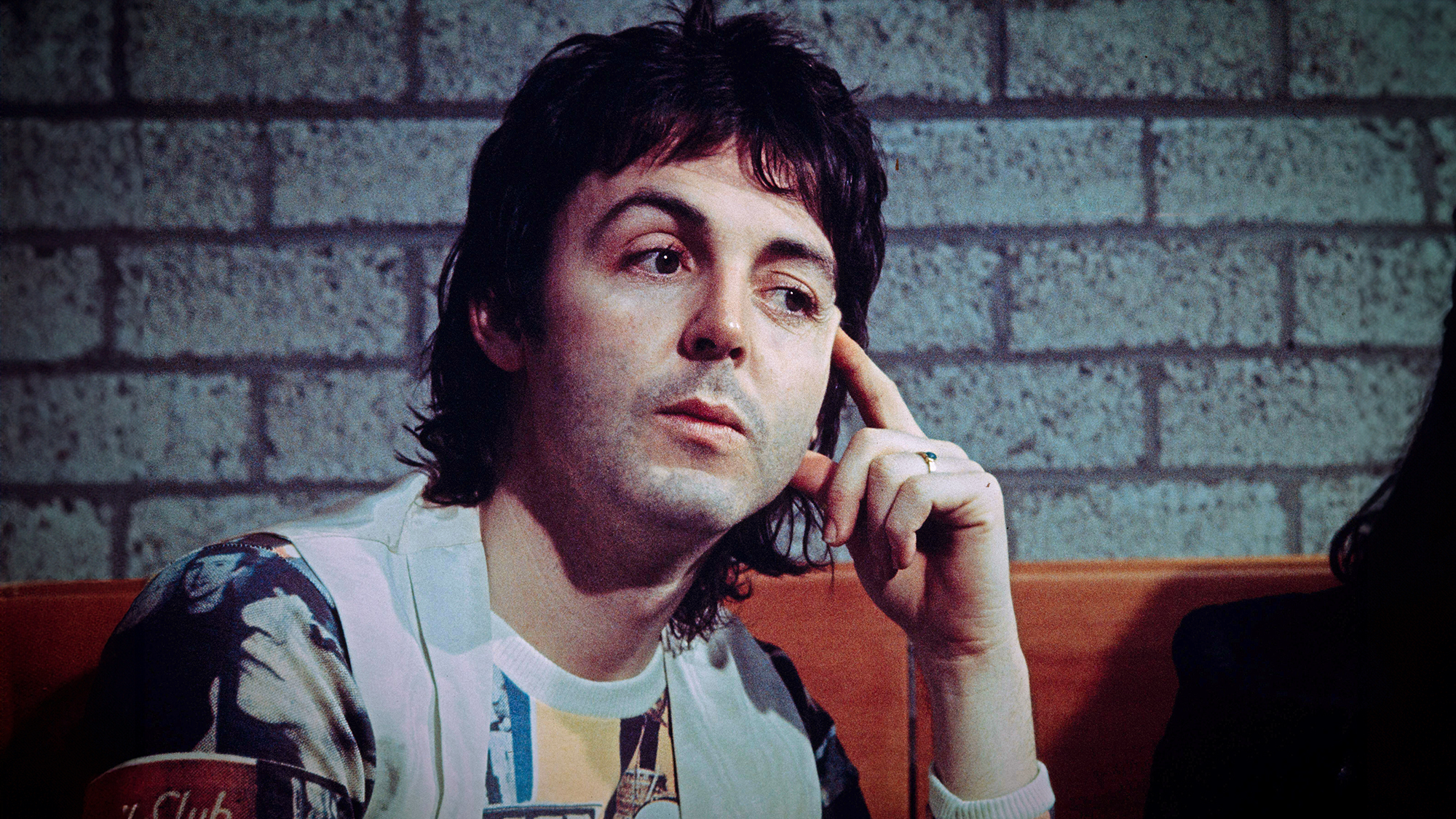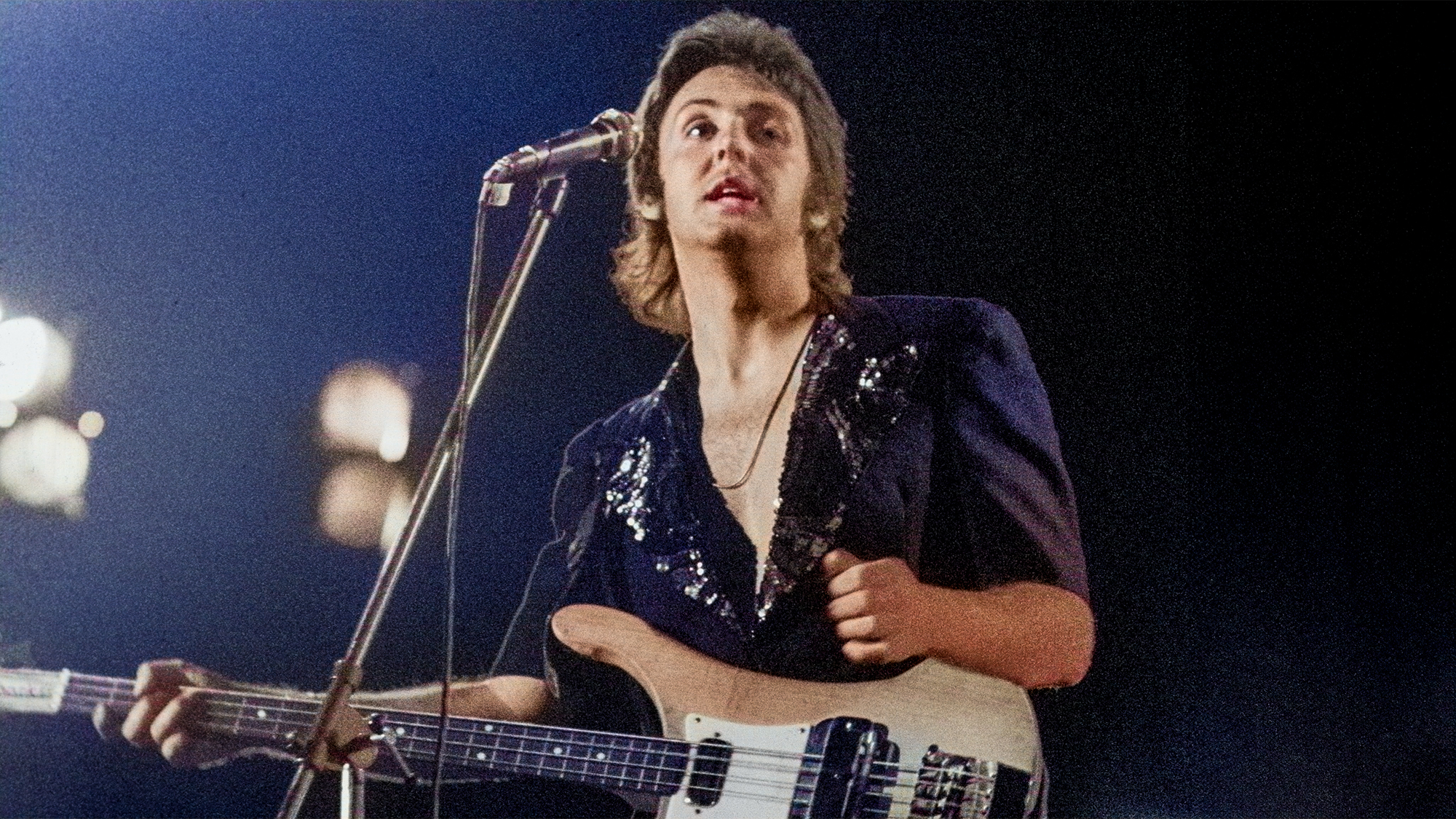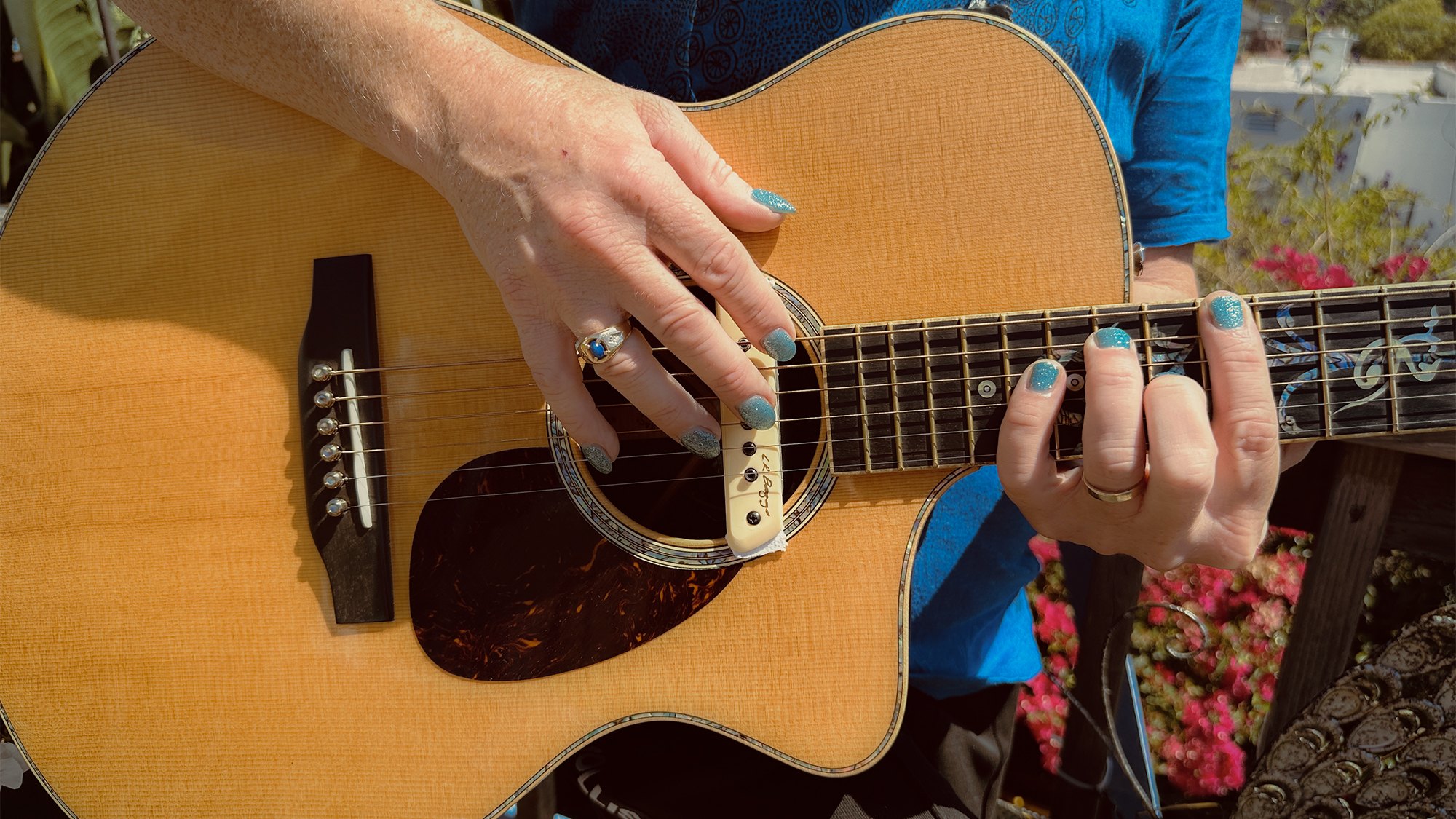“In so many ways, I was dead… a 27-year-old about-to-become-ex-Beatle.” Paul McCartney on life after the Fabs — and the truth behind the rumor that haunted him as the group fell apart
The icon tracks his life in the decade after the Beatles in his new book, ‘Wings: The Story of a Band on the Run,’ out today

For Paul McCartney, life began to come apart in the fall of 1969. John Lennon quit the Beatles that September. The following month, rumors that he’d died in a 1966 car crash and been secretly replaced by a lookalike began to circulate, fueled by a Detroit DJ and a caller who offered clues to his death, hidden in the cover art and songs of the group’s albums.
In an excerpt from his new oral history book, Wings: The Story of a Band on the Run, out today, the 83-year-old rocker opens up about the struggles he faced during the transition between his time as a Beatle and his new life as a solo artist, husband and father.
Remarkably, “Paul is dead,” the urban legend of his death, seemed to have a bit of truth to it.
“We had heard it long before, but suddenly, in that autumn of 1969, stirred up by a DJ in America, it took on a force all its own, so that millions of fans around the world believed I was actually gone,” McCartney writes.
“At one point, I turned to my new wife and asked, ‘Linda, how can I possibly be dead?’”
Now, however, he says, “I’m beginning to think that the rumors were more accurate than one might have thought at the time. In so many ways, I was dead … A 27-year-old about-to-become-ex-Beatle.”
As he relates in the book, “The breakup hit like the atom bomb,” shattering the friendships and routines he had built his life around for the past decade.
All the latest guitar news, interviews, lessons, reviews, deals and more, direct to your inbox!
To complicate matters, the group’s breakup created a legal morass — as well as personal problems between him, Lennon, George Harrison and Ringo Starr — that were draining his energy.
He successfully sued his bandmates in 1970 to dissolve their partnership and keep manager Allen Klein — the choice of the other three Beatles — from overseeing their financial affairs. In 2020, he told British GQ it was “the only way for me to save the Beatles and Apple,” the company they formed in 1968 to oversee their creative endeavors.
But he was left with doubt about his future: “Would I ever be able to move on from what had been an amazing decade, I thought. Would I be able to surmount the crises that seemed to be exploding daily?”

Against all odds, he says, he continued to hope the Beatles weren’t finished.
"I hung on, wondering if the Beatles would ever come back together again, and hoping that John might come around and say, ‘All right, lads, I’m ready to go back to work.’
“In the meantime, I began to look for something to do. Sit me down with a guitar and let me go. That’s my job.”
After releasing a pair of solo albums — on which he played everything from electric and acoustic guitars to keyboards, bass and drums — McCartney and Linda focused on building a new band, Wings, to lift them from the ruins of McCartney's former life.
Wings: The Story of a Band on the Run was created from hours of interviews with McCartney and other members of the band, tracing their difficult journey, from their arrival in 1971 to their dissolution in 1981. The band’s tumultuous ride was a mix of chart hits and bombs, lineups swaps and changes of fortune both good and bad.
In one of his lowest moments, McCartney agreed to create a TV special to settle a dispute with his publisher over Linda McCartney’s writing credits, which the publisher claimed were invalid because she was not a professional composer.
The resulting program, titled James Paul McCartney, was a disaster, savaged by critics and ignored by a public that had once adored him. Magically, its timing couldn’t have been better, bringing him publicity just as Wings released their first chart-topping U.S. hit, “My Love,” in March, and scored another smash with the theme song to the James Bond movie Live and Let Die just three months later.
I hung on, hoping that John might come around and say, ‘All right, lads, I’m ready to go back to work.’”
— Paul McCartney
Ultimately, the pressures of raising a family — and a famous pot bust in Japan — convinced him it was time to put Wings to rest and return to his solo career.
McCartney’s new book is just one of many Beatles-related projects coming out soon. He’s releasing Wings, a compilation album of that band’s tracks — available in two- and single-disc versions — on November 7. The documentary Man on the Run comes out February 25, 2026, and charts his transition from one half of the Beatles’ songwriting partnership to the leader of Wings.
In between, the Beatles 1995 Anthology series will get a reboot with a new, ninth episode in its documentary series, a new fourth volume in its music collection and a 25th Anniversary Edition of the Beatles Anthology book, featuring the group's story told by all four Beatles and their associates.
The now nine-part Anthology documentary will stream exclusively on Disney+ beginning November 26. The new episode includes unseen behind-the-scenes footage of McCartney, Harrison and Starr reuniting between 1994 and 1995 to work on Anthology and reflecting on their lives in the Beatles.
Christopher Scapelliti is editor-in-chief of GuitarPlayer.com and the former editor of Guitar Player, the world’s longest-running guitar magazine, founded in 1967. In his extensive career, he has authored in-depth interviews with such guitarists as Pete Townshend, Slash, Billy Corgan, Jack White, Elvis Costello and Todd Rundgren, and audio professionals including Beatles engineers Geoff Emerick and Ken Scott. He is the co-author of Guitar Aficionado: The Collections: The Most Famous, Rare, and Valuable Guitars in the World, a founding editor of Guitar Aficionado magazine, and a former editor with Guitar World, Guitar for the Practicing Musician and Maximum Guitar. Apart from guitars, he maintains a collection of more than 30 vintage analog synthesizers.
